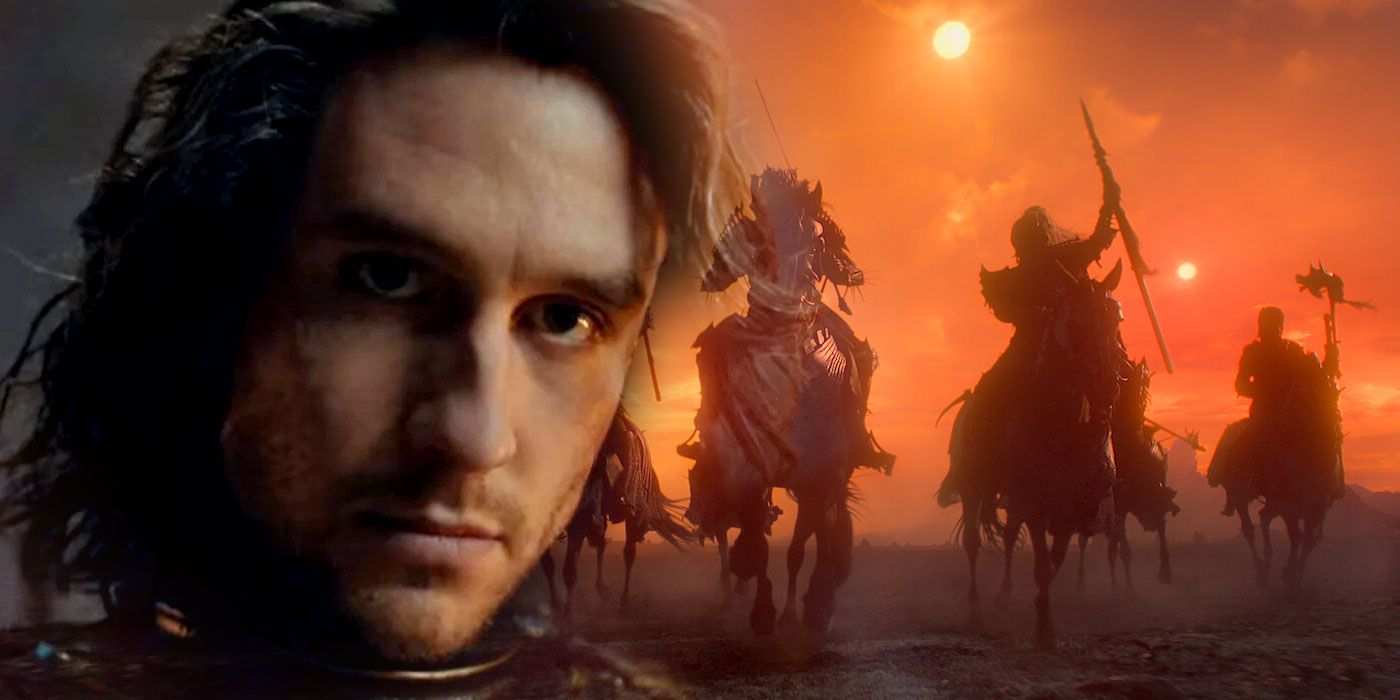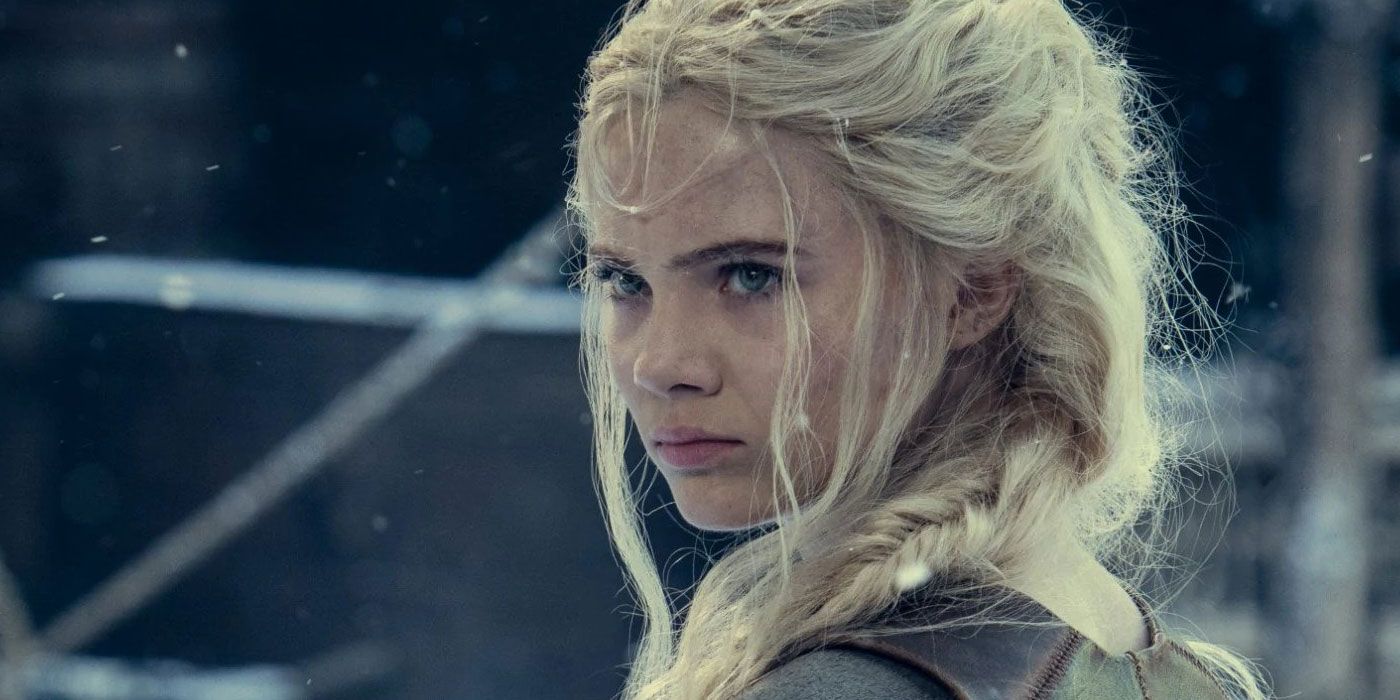Warning: This article contains spoilers for The Witcher season 2.
Netflix's The Witcher has done a good job of keeping the main themes of the books from which it was adapted (despite some deviations in the plot), using their meaning to set up season 3's biggest villain. Threats subtly hinted at throughout the story make their appearances on-screen during the climactic ending of The Witcher season 2 in the form of the infamous Wild Hunt, and the ruthless Emperor Emhyr var Emreis of Nilfgaard. Working with the story's main themes, Emhyr is now set up to be the big villain going forward.
Sometimes monsters are people, and sometimes people are monsters. This, in a nutshell, is the central theme of The Witcher. The Witchers themselves, Geralt of Rivia and his adoptive family at the mountain fortress of Kaer Morhen, are monster hunters by nature. As superhuman mutants created by alchemy, knowing monsters is their life's purpose. But as the books and games have explored in depth, it can be difficult to separate who is and isn't a monster, both literally and figuratively.
Emhyr var Emreis is certainly a monstrous figure, despite being human. Known among the Nilfgaardians as “The White Flame Dancing on the Barrows of his Enemies,” usually shortened to The White Flame, Emhyr is canonically an unyielding conqueror and one of the main villains of the entire Witcher saga. The final reveal of The Witcher season 2 also confirms that Emhyr is none other than Ciri's father, still believed by her to be dead. Undoubtedly, he'll be the major antagonist in season 3, as he continues his quest to conquer the Northern kingdoms and tries to track down Ciri to use her powers for his own twisted purposes.
The monstrous nature of humans is reinforced throughout both seasons of The Witcher, and this theme has only become sharper over time. Humans frequently cause the worst atrocities, from the oppression of the elves at the hands of humans, both past and present, to subtler but no less monstrous figures like the wizard Stregobor, introduced in the show's very first episode in his feud against the cursed princess Renfri. By contrast, many of the monsters simply want to live their lives and be left alone. This is even true of Voleth Meir, the Deathless Mother. Despite being the main villain in The Witcher season 2, it turns out that her main goal is simply to return home to her original plane of existence after being trapped by the Conjunction of Spheres 1500 years earlier.
The Wild Hunt, meanwhile, is among the most dangerous threats Geralt of Rivia ever faces in other incarnations of The Witcher, and it will undoubtedly pose the same level of menace in Netflix's TV adaptation. The season 2 finale confirms that they, too, mean to come after Ciri, because of her Elder blood. As a looming supernatural threat, The Witcher is likely going to build up the Wild Hunt's presence slowly, in much the same way as the creeping menace of the White Walkers in Game of Thrones (hopefully learning from its mistakes).
The Witcher season 2 has been wildly successful so far, drawing glowing reviews from critics. With strong writing and acting, and a burgeoning fandom, it's very likely that Netflix will continue to adapt the show's much-loved source material for some time. It'll be exciting to see how the most dangerous threats of The Witcher stories, both Emyhr var Emreis and the Wild Hunt, will be portrayed in the seasons still to come.


